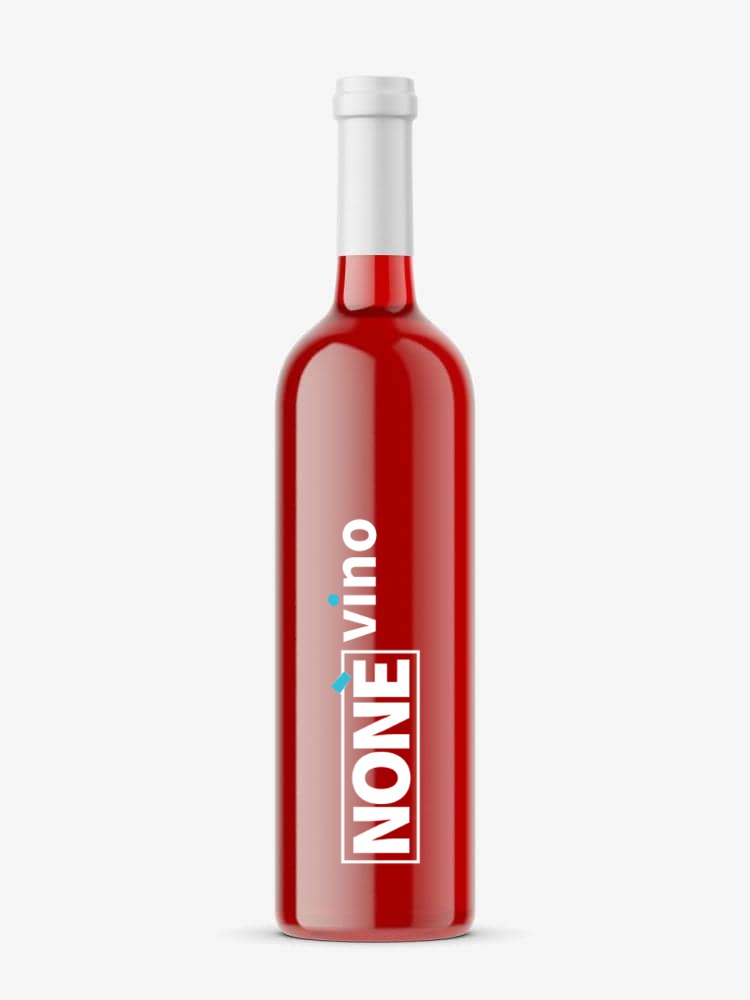Merlot
Black Grape
Info
The black grape Merlot is grown in the regions of Abruzzo, Apulia, Basilicata, Calabria, Campania, Emilia-Romagna, Friuli Venezia Giulia, Latium, Liguria, Lombardy, Marche, Molise, Piedmont, Sardinia, Sicily, Tuscany, Trentino Alto Adige, Umbria, Valle d’Aosta, Veneto.
Merlot is a grape originating from Gironde, in the South-West of France, and in particular from the Bordeaux area. There has been talk of Merlot since 1700, but the first detailed description belongs to the Rendre (1854). In most wine-growing areas of the world,
Merlot is the inseparable companion of Cabernet Sauvignon; the two vines integrate perfectly: the first giving the wine its full and early fruit, the second a greater aristocracy and longevity. In Bordeaux it is customary, depending on the area, to add a percentage of Cabernet Franc to the composition of the wine which, in addition to a fruity component, gives it pleasant herbaceous and vegetal sensations.
In Italy Merlot has found ideal environmental conditions in Friuli, Trentino and Veneto since the end of the nineteenth century, but it is now widespread in many other regions, with sometimes surprising results, even without the contribution of other grapes.
Wine Characteristics
The Merlot grape gives a wine with a more or less intense ruby red color, with a fruity aroma and notes of red flowers. The flavor is quite tannic, soft, full-bodied.
Corvina
Black Grape
Info
The black grape Corvina is grown in the Lombardy and Veneto regions.
From the Corvina grape we obtain a wine of an intense ruby red color with blue-violet nuances, with an intense, fine, fruity aroma with notes of black cherry, blueberry and plum, spicy green and pink pepper, floral aromas such as violet, with a dry taste , warm, good balance between softness, acidity and flavor, full-bodied, intense and endowed with a particular taste finesse.
Wine Characteristics
From the Corvina vine we obtain a wine of an intense ruby red color with blue-violet nuances, with an intense, fine, fruity aroma with notes of black cherry, blueberry and plum, spicy green and pink pepper, floral aromas such as violet, with a dry taste, warm, good balance between softness, acidity and flavor, full-bodied, intense and endowed with a particular taste finesse.








